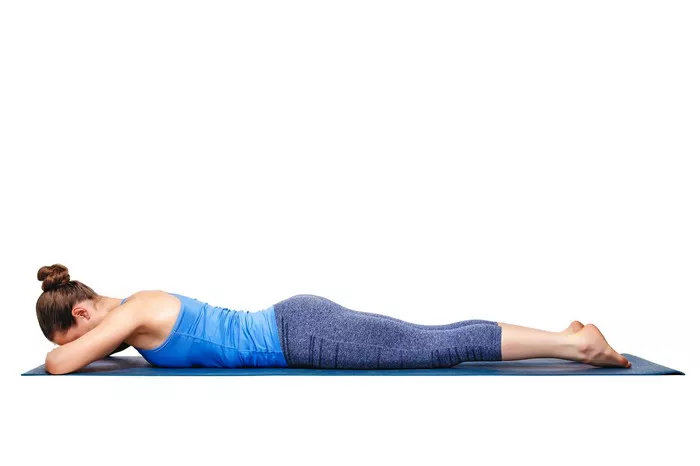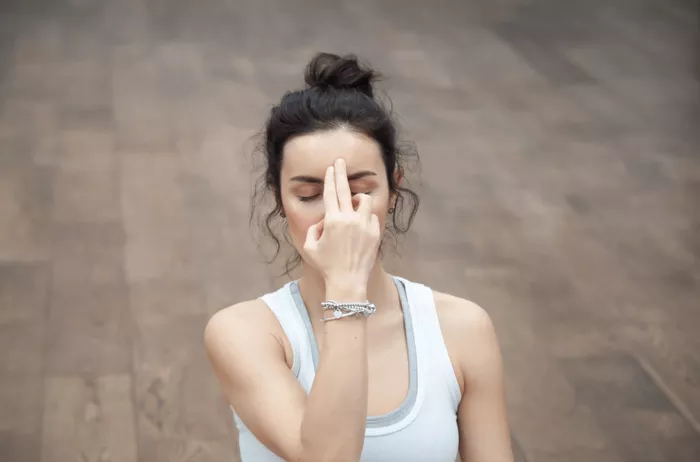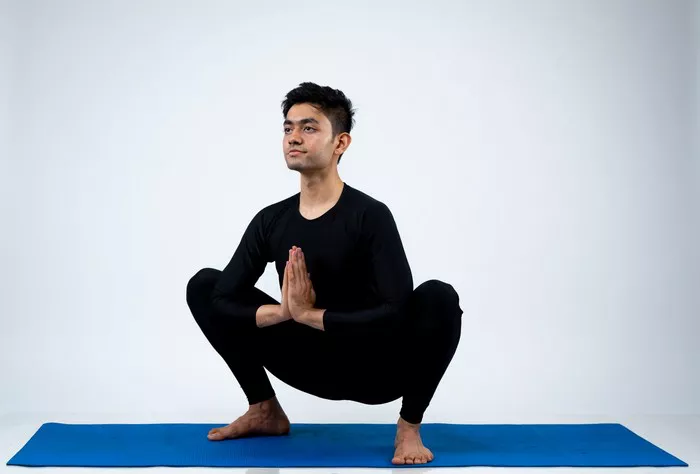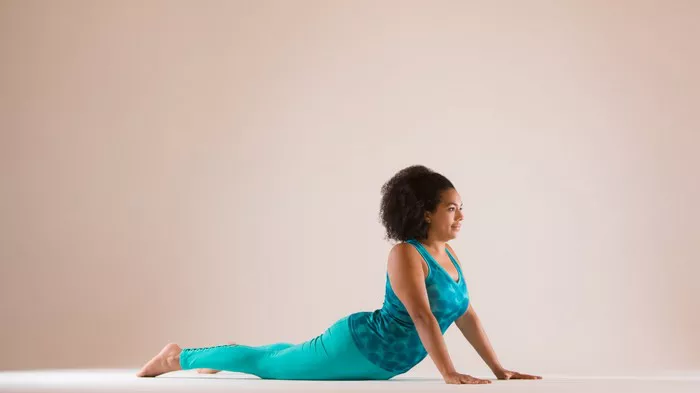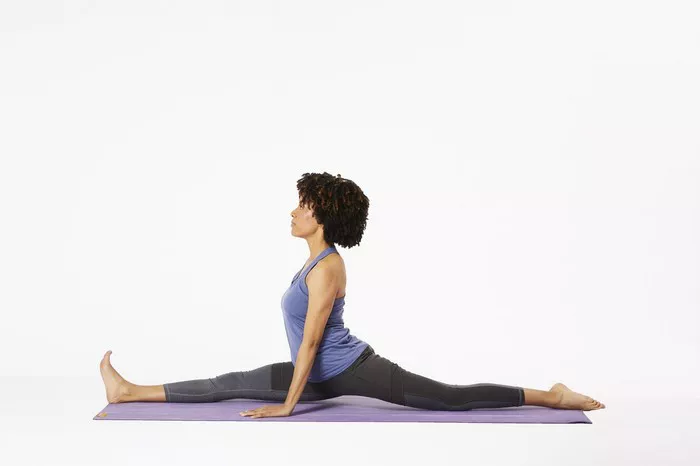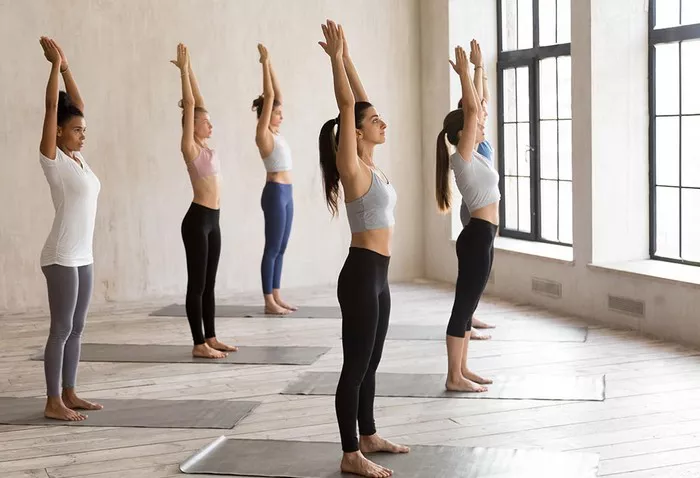Yoga, an ancient practice originating from the Indian subcontinent, offers a multitude of poses aimed at harmonizing the body, mind, and spirit. Among these poses, the Crocodile Pose, known as Makarasana in Sanskrit, holds a special place. This article delves into the various aspects of Crocodile Pose, encompassing its origins, symbolism, physical and mental benefits, variations, step-by-step instructions, as well as precautions and contraindications.
Origins and Symbolism
Crocodile Pose finds its roots in the rich tradition of yoga, with its name deriving from the resemblance of the body’s position to that of a crocodile resting in water. In Sanskrit, “Makara” translates to crocodile, while “Asana” means pose. This asana is often associated with the element of water, signifying fluidity, calmness, and adaptability.
Symbolically, the crocodile embodies patience, stillness, and resilience. By emulating its posture in this pose, practitioners aim to cultivate these qualities within themselves. Additionally, the crocodile’s ability to stay submerged in water for extended periods without disturbance reflects the practice of internal stillness and tranquility, even amidst life’s turbulent waters.
Physical and Mental Benefits
Crocodile Pose offers a myriad of physical and mental benefits, making it a valuable addition to any yoga practice:
1. Spinal Alignment: The gentle stretch experienced in Crocodile Pose helps align the spine, relieving tension and promoting better posture.
2. Stress Relief: By encouraging deep breathing and relaxation, this pose helps alleviate stress and anxiety, promoting a sense of calmness and mental clarity.
3. Strengthening: Crocodile Pose engages the muscles of the back, shoulders, and arms, contributing to overall strength and stability.
4. Digestive Health: The gentle compression on the abdomen in this pose stimulates digestion and aids in relieving gastrointestinal discomfort.
5. Relaxation: Holding the pose for several breaths encourages deep relaxation, rejuvenating both the body and mind.
Variations and Modifications
Like many yoga poses, Crocodile Pose offers variations and modifications to accommodate practitioners of all levels and abilities:
1. Supported Crocodile Pose: Place a bolster or folded blanket under the chest for added support and comfort, especially for those with limited flexibility.
2. Extended Crocodile Pose: Extend the arms overhead, lengthening the spine and increasing the stretch along the entire length of the body.
3. Dynamic Crocodile Pose: Incorporate gentle movements such as rocking side to side or lifting alternate limbs to enhance flexibility and circulation.
4. Partner Crocodile Pose: Practice the pose with a partner, taking turns providing gentle pressure on each other’s backs for a deeper stretch and relaxation.
Step-by-Step Instructions
Follow these step-by-step instructions to practice Crocodile Pose safely and effectively:
1. Starting Position: Begin by lying on your stomach with your legs extended and feet hip-width apart.
2. Placement of Arms: Place your arms alongside your body, palms facing down, with elbows bent at a 90-degree angle.
3. Relaxation: Close your eyes and take a few deep breaths, allowing your body to relax and sink into the floor.
4. Engage Core: Gently engage your core muscles to support the lower back and maintain stability in the pose.
5. Breathing: Inhale deeply through the nose, expanding the chest and lifting the upper body slightly off the floor.
6. Exhale: As you exhale, relax the upper body back onto the floor, maintaining a gentle stretch along the spine.
7. Repeat: Continue to flow with your breath, inhaling to lift and exhaling to lower, allowing the movement to be smooth and controlled.
8. Duration: Hold the pose for 5-10 breaths or longer, focusing on deep, rhythmic breathing and complete relaxation.
9. Release: To release the pose, gently lower the upper body back down to the floor and rest in a prone position.
Precautions and Contraindications
While Crocodile Pose offers numerous benefits, it may not be suitable for everyone. It’s essential to practice with awareness and heed the following precautions:
1. Back Injuries: Avoid or modify the pose if you have a history of back injuries or discomfort, particularly in the lumbar spine.
2. Pregnancy: Pregnant individuals should exercise caution and consider using props or modifying the pose to accommodate their changing body.
3. Recent Abdominal Surgery: If you have undergone recent abdominal surgery, consult with a healthcare professional before practicing Crocodile Pose.
4. Breathing Difficulties: Individuals with respiratory conditions such as asthma should practice with caution and avoid any strain on the breath.
5. Discomfort or Pain: If you experience any discomfort or pain during the pose, gently come out of it and consult with a qualified yoga instructor or healthcare provider.
Conclusion
In conclusion, Crocodile Pose serves as a valuable tool for cultivating physical, mental, and emotional well-being. By integrating this pose into your yoga practice and approaching it with mindfulness and awareness, you can unlock its transformative potential and experience the profound benefits it has to offer. Remember to listen to your body, honor its limitations, and practice with compassion and patience on your journey towards holistic health and inner harmony.
FAQs:
What muscles do the crocodile pose work?
The Crocodile Pose primarily targets the muscles of the back, including the erector spinae muscles along the spine, the latissimus dorsi muscles in the mid-back, and the trapezius muscles in the upper back and shoulders. Additionally, it engages the muscles of the arms and shoulders to support the weight of the upper body in the pose.
Which disease is cured by Pawanmuktasana?
Pawanmuktasana, also known as the Wind-Relieving Pose, is believed to aid in the prevention and relief of digestive issues such as bloating, gas, and constipation. By gently compressing the abdomen and stimulating the digestive organs, this reclining yoga posture helps alleviate discomfort and promote healthy digestion. Additionally, Pawanmuktasana can help relieve tension in the lower back and improve circulation in the pelvic region, benefiting overall well-being.

